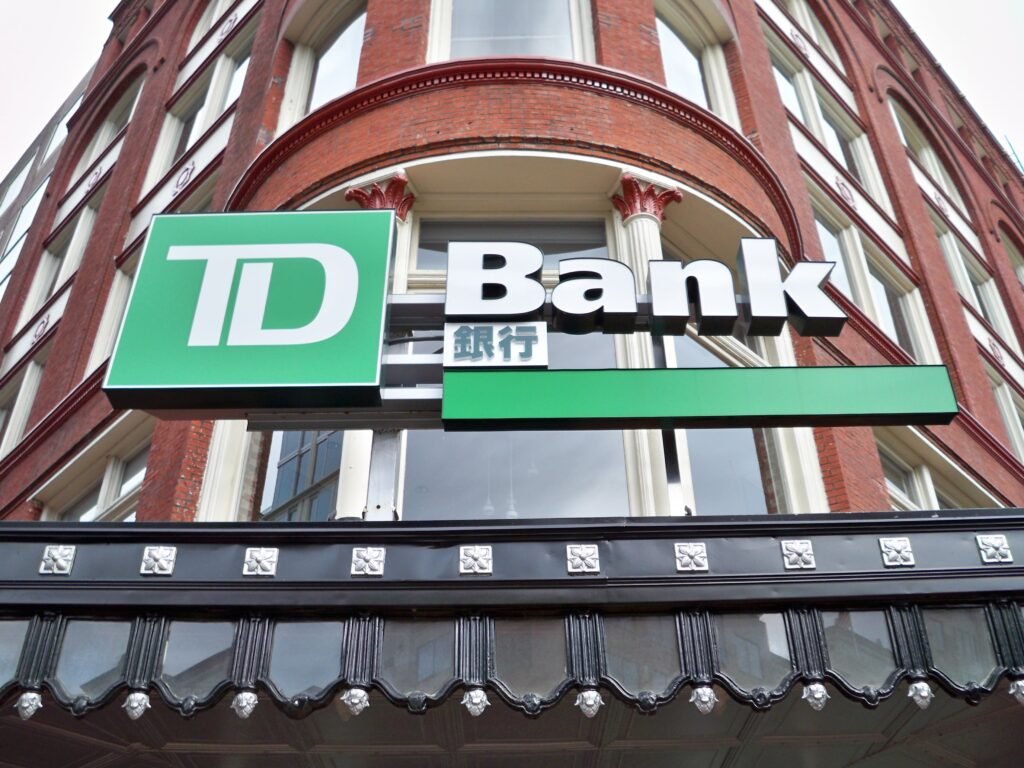
TD Bank’s Path to Recovery from U.S. Money-Laundering Issues
Amidst mounting scrutiny and questions about its compliance practices, TD Bank finds itself at a crossroads. The Canadian financial institution has faced serious challenges following allegations of involvement in money-laundering activities in the United States. As financial improprieties unravel, the bank’s journey to regain trust and credibility has become paramount. This article examines the multifaceted strategies TD Bank can adopt in its quest for recovery.
The Impact of the Scandal
The U.S. money-laundering saga has opened a Pandora’s Box of concerns for TD Bank. The repercussions of this scandal are not merely reputational but also significantly impact various aspects of the business. Here are the primary implications:
- Reputational Damage: A substantial dent in customer confidence and trust.
- Financial Penalties: Potential for hefty fines from U.S. regulatory bodies.
- Customer Retention: Risk of losing clientele who prioritize compliance in banking relationships.
- Operational Changes: Necessitating significant adjustments in compliance protocols and risk management strategies.
Addressing Regulatory Concerns
To navigate through these turbulent waters, TD Bank must focus on improving its compliance framework. A proactive and thorough approach is critical to restoring its standing within the financial sector.
Investing in Compliance Infrastructure
One of the foremost steps TD Bank should consider is enhancing its compliance infrastructure. Here are some specific actions it could take:
- Recruitment: Hire compliance experts with a robust understanding of U.S. banking regulations.
- Training: Continuous compliance training for employees to identify and mitigate risks associated with money laundering.
- Technology: Invest in advanced technologies like AI and machine learning to monitor transactions more effectively.
Implementing Rigorous Audits
Another significant step TD Bank can implement is regular and rigorous audits of their compliance systems. These audits will help to:
- Identify Weaknesses: Recognize areas lacking robust controls.
- Enhance Transparency: Foster a culture of openness regarding compliance practices.
- Strengthen Accountability: Highlight the importance of accountability within the organization.
Rebuilding Customer Trust
In the world of banking, customer trust is invaluable. As TD Bank works to emerge from this crisis, focusing on regaining customer confidence will be essential. Here are some strategies the bank might consider:
Transparent Communication
Open and honest communication can go a long way in rebuilding trust. TD Bank should commit to:
- Regular Updates: Provide consistent updates to stakeholders about compliance efforts and changes made after the scandal.
- Open Channels: Create opportunities for customers to voice concerns and ask questions.
Community Engagement Initiatives
To showcase its commitment to ethical banking practices, TD Bank could invest in community programs that promote financial literacy and ethical banking. Initiatives that might resonate include:
- Financial Education Workshops: Offering sessions on money management and the importance of ethical banking.
- Partnerships: Collaborating with local organizations that promote financial integrity.
Capitalizing on Technological Innovations
Leveraging technology not only enhances operational efficiency but also serves as a robust podium for transparency and accountability.